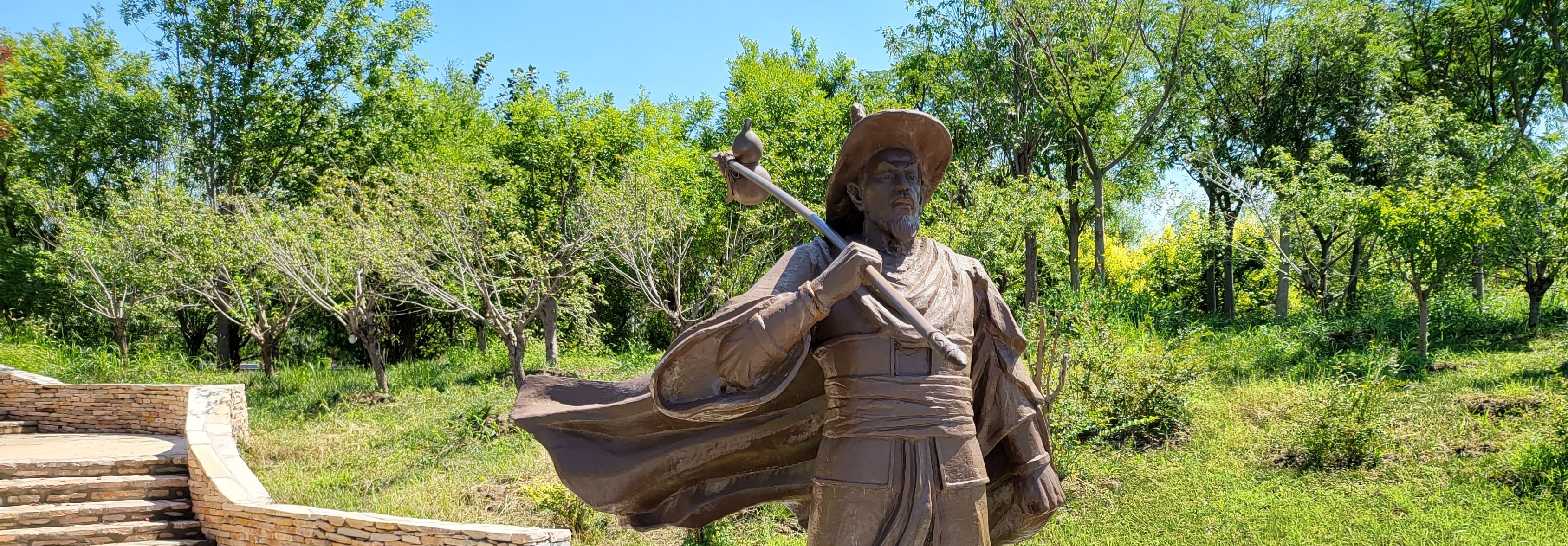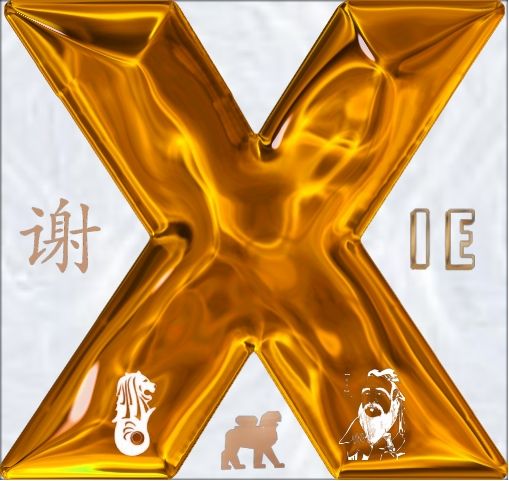Leifeng Pagoda
Avaldatud: 04.11.2024
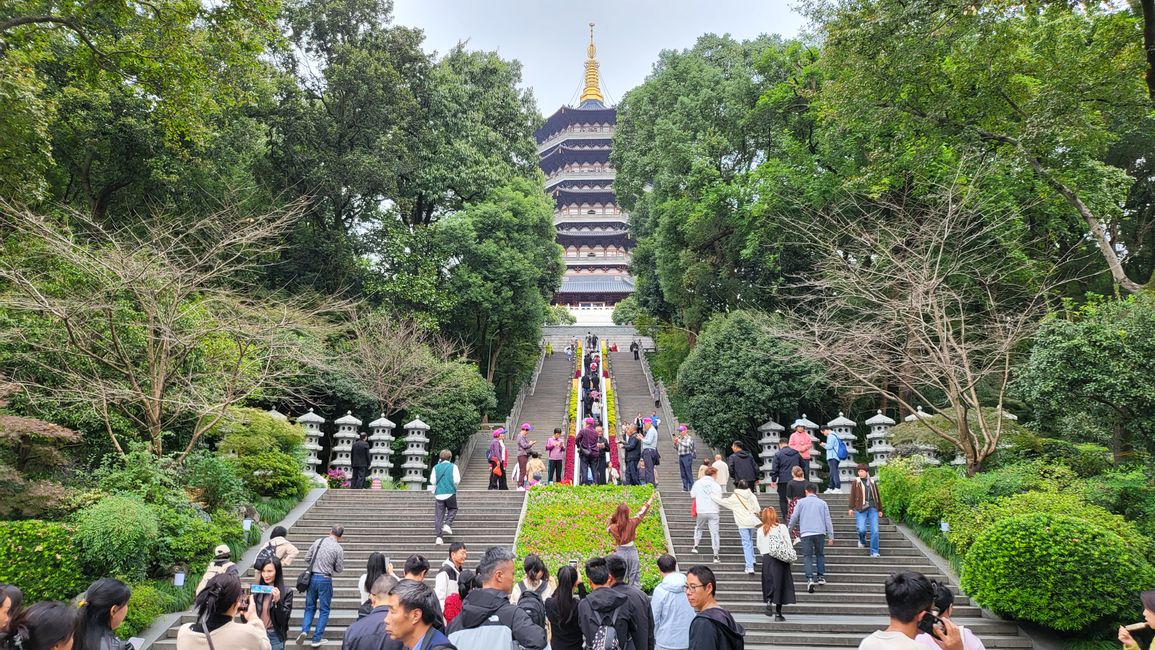
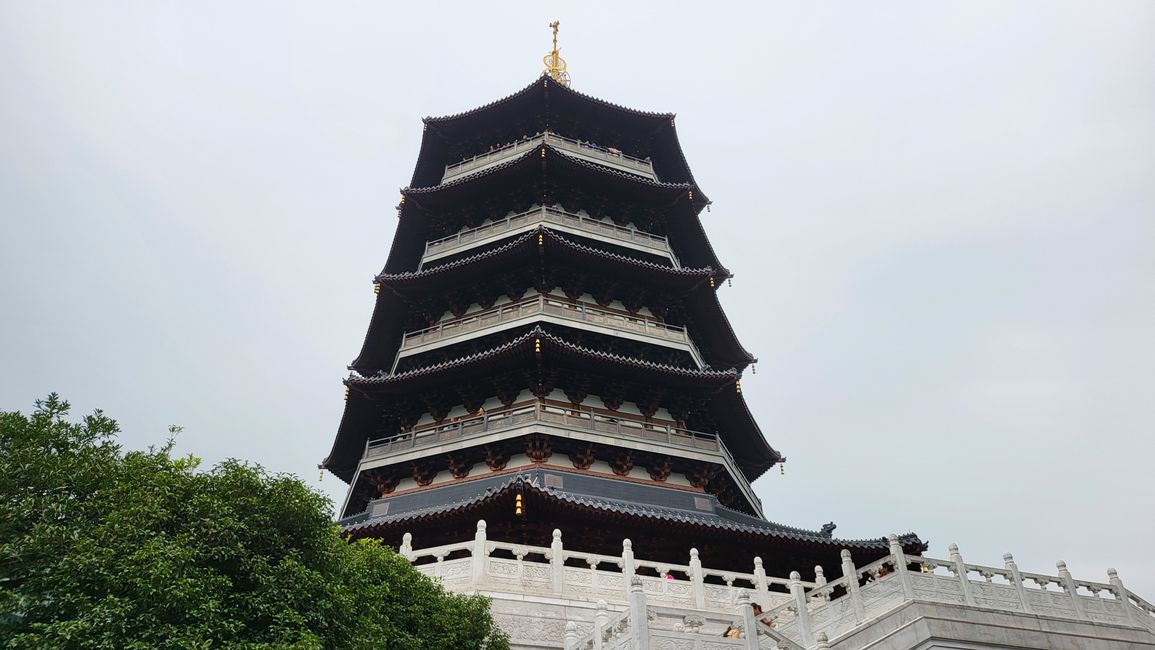
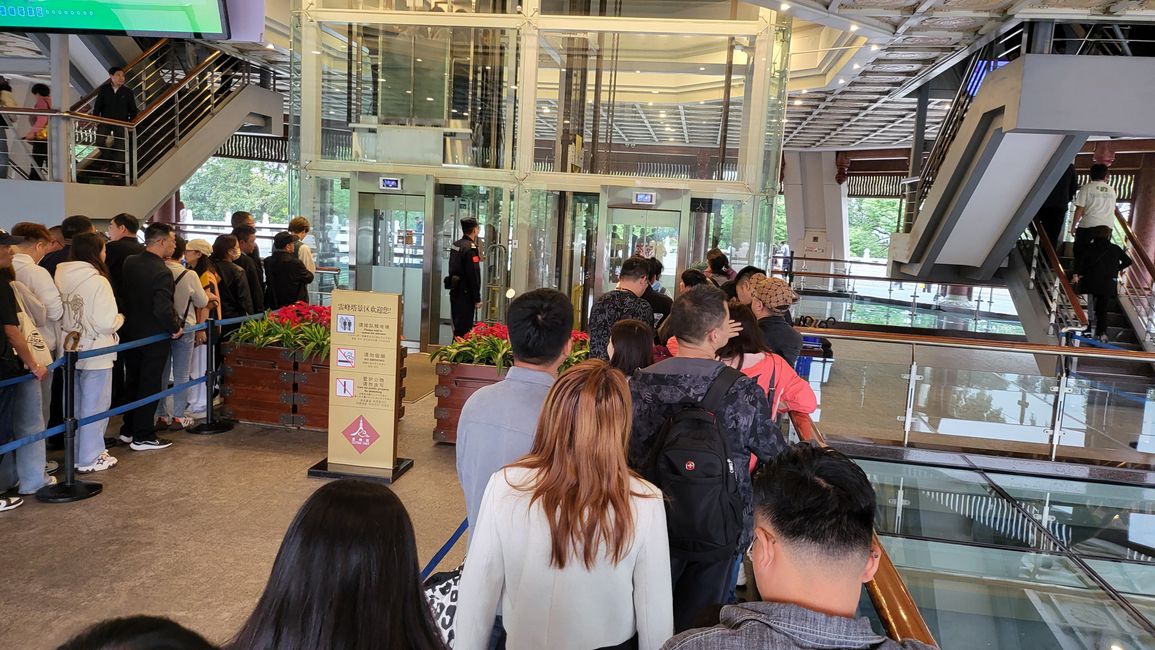
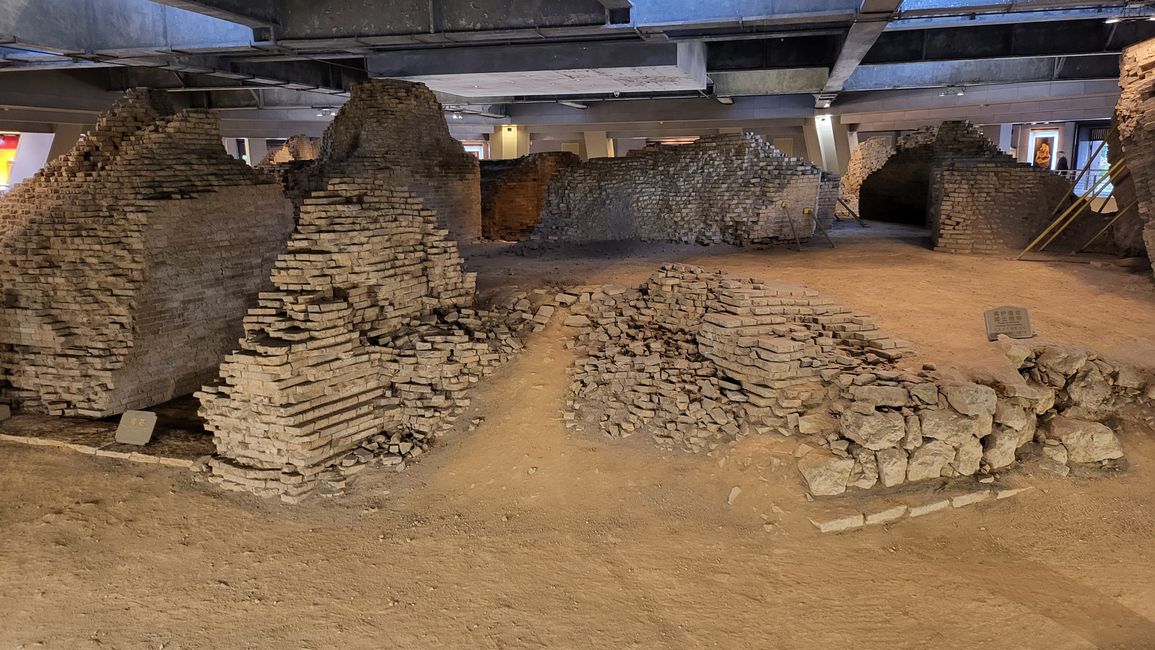
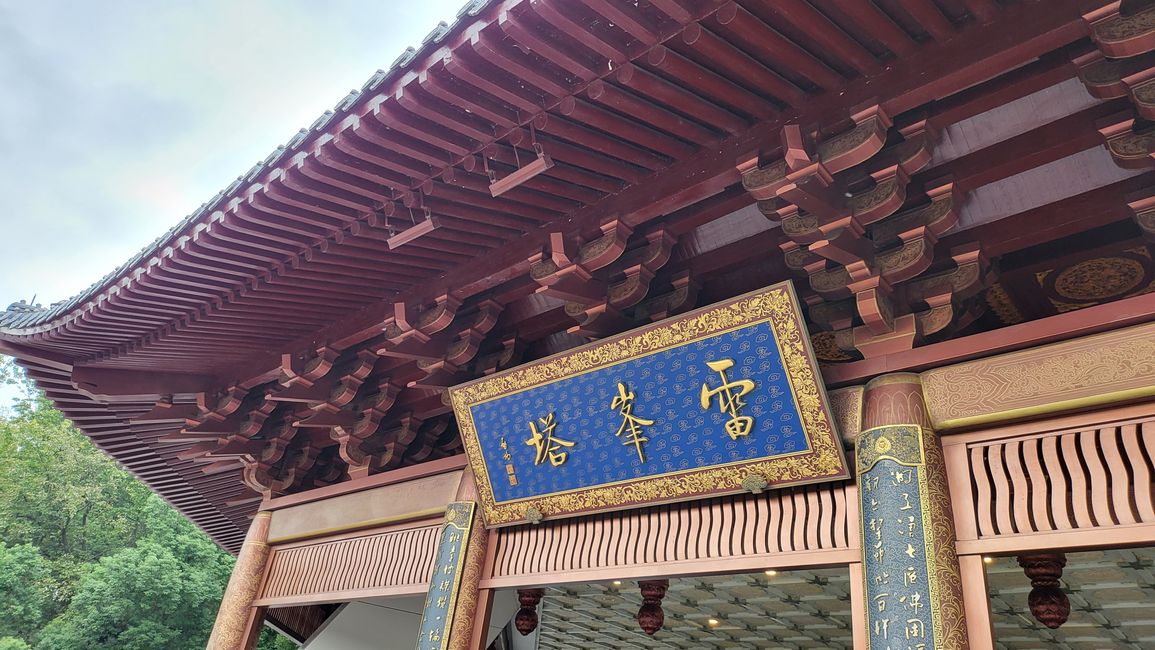
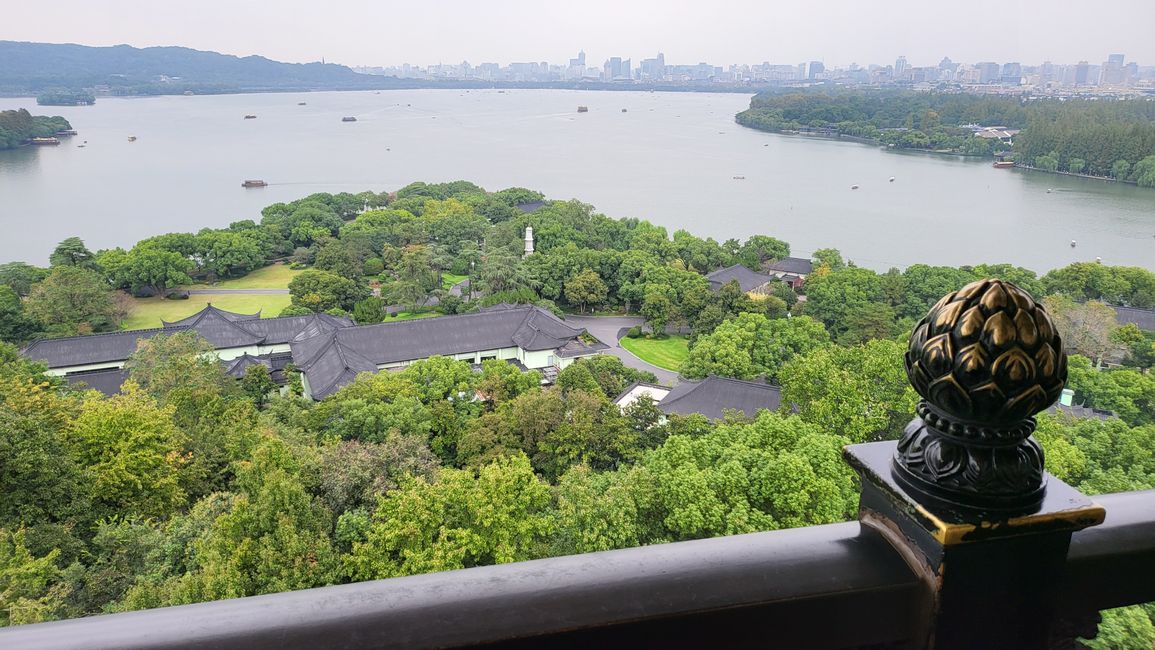
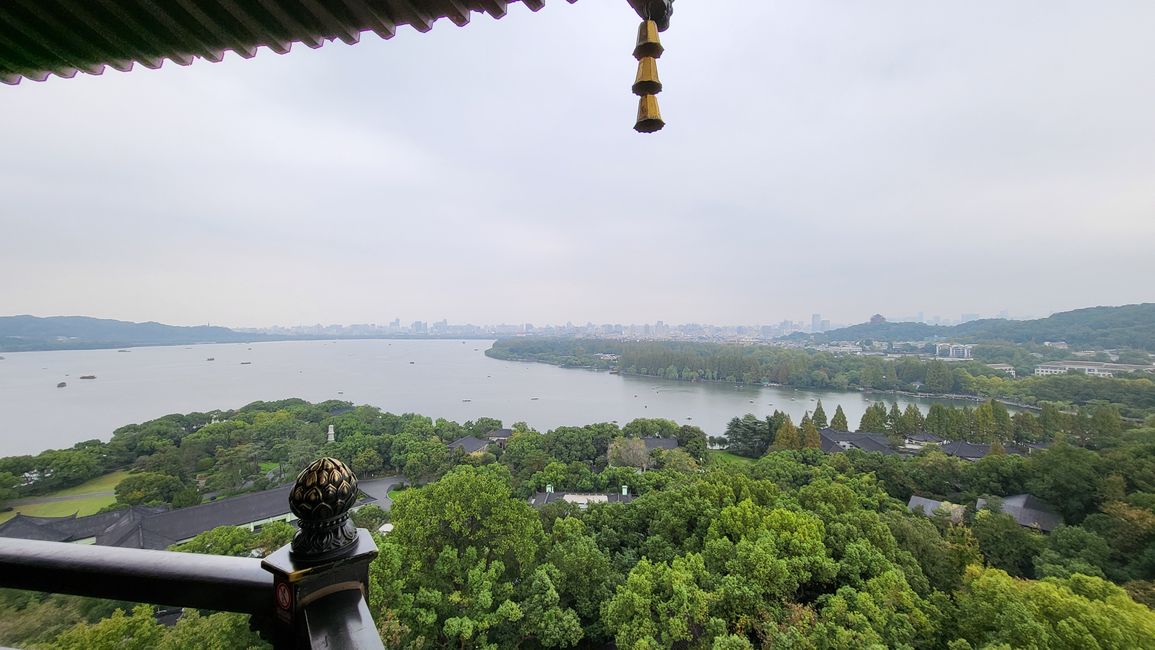
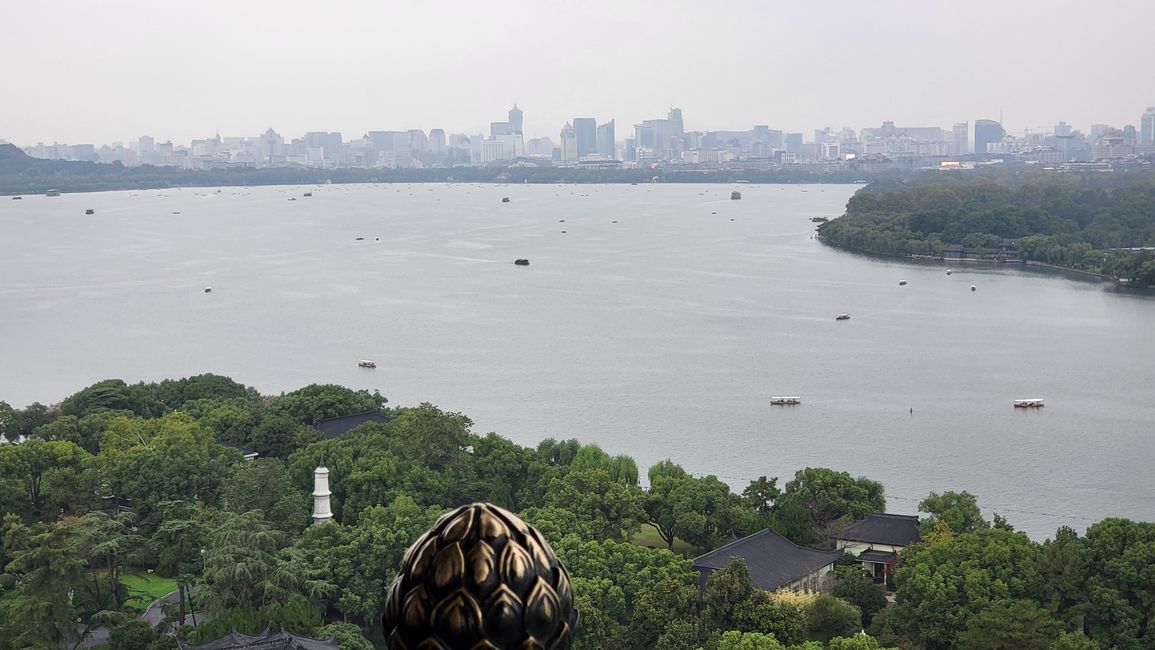
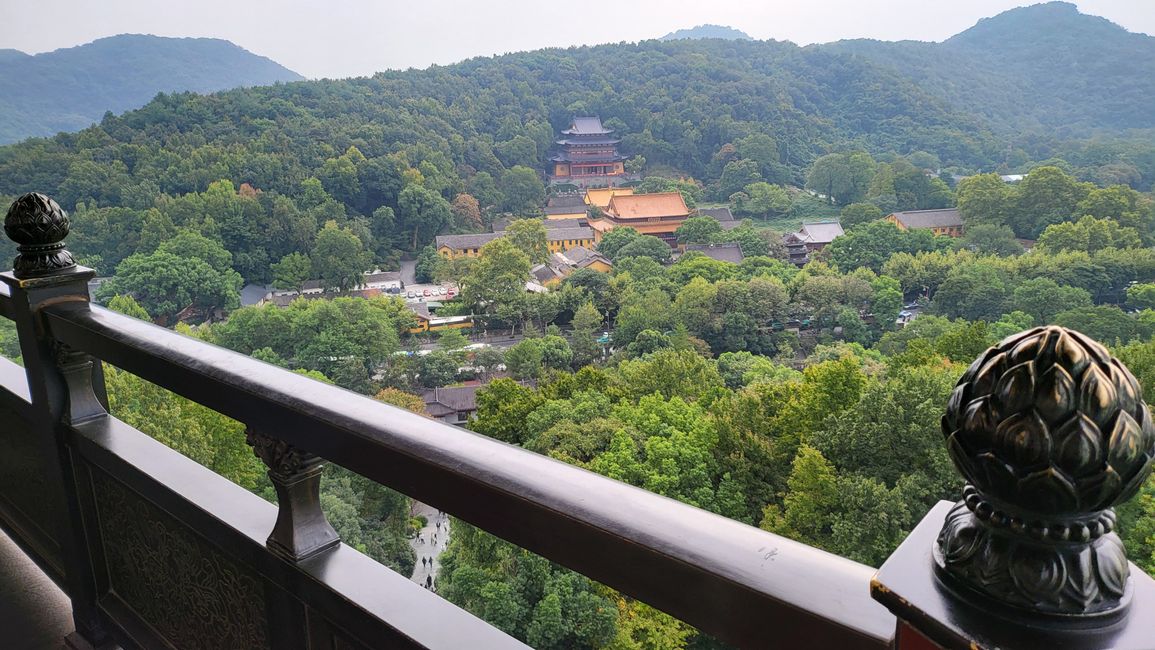
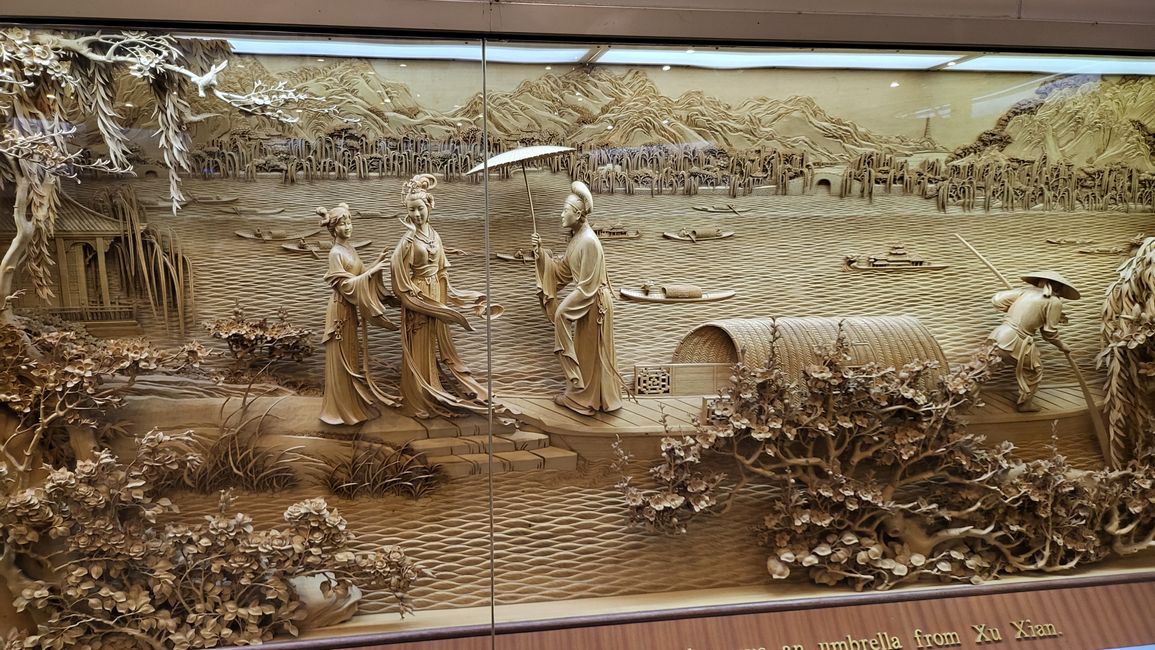
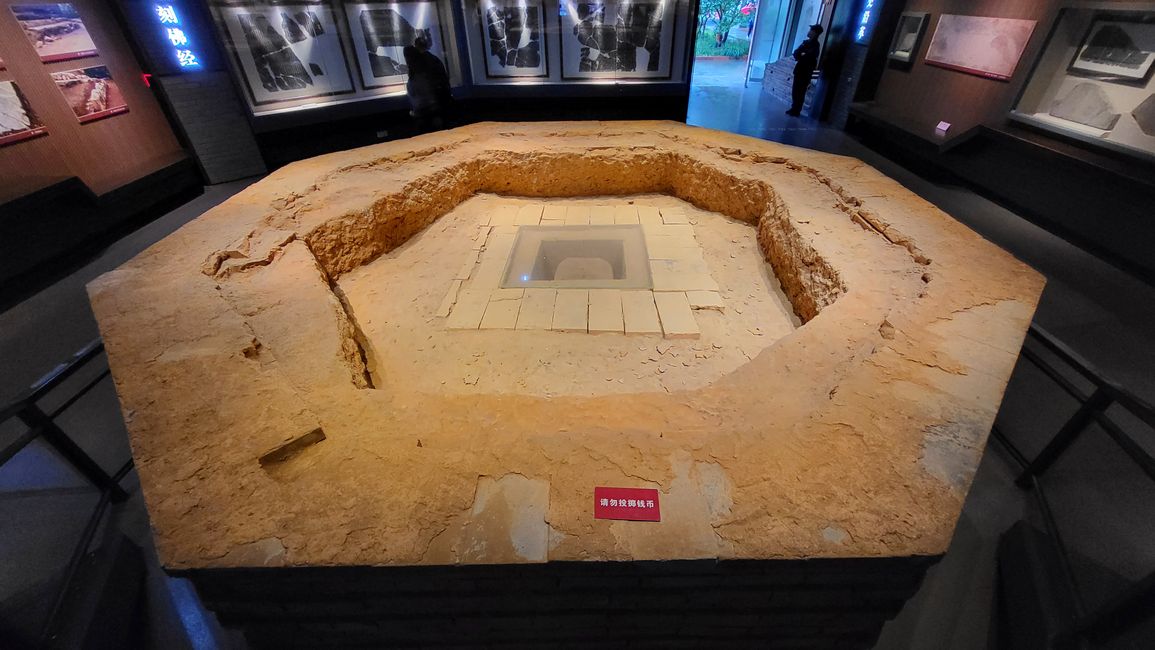
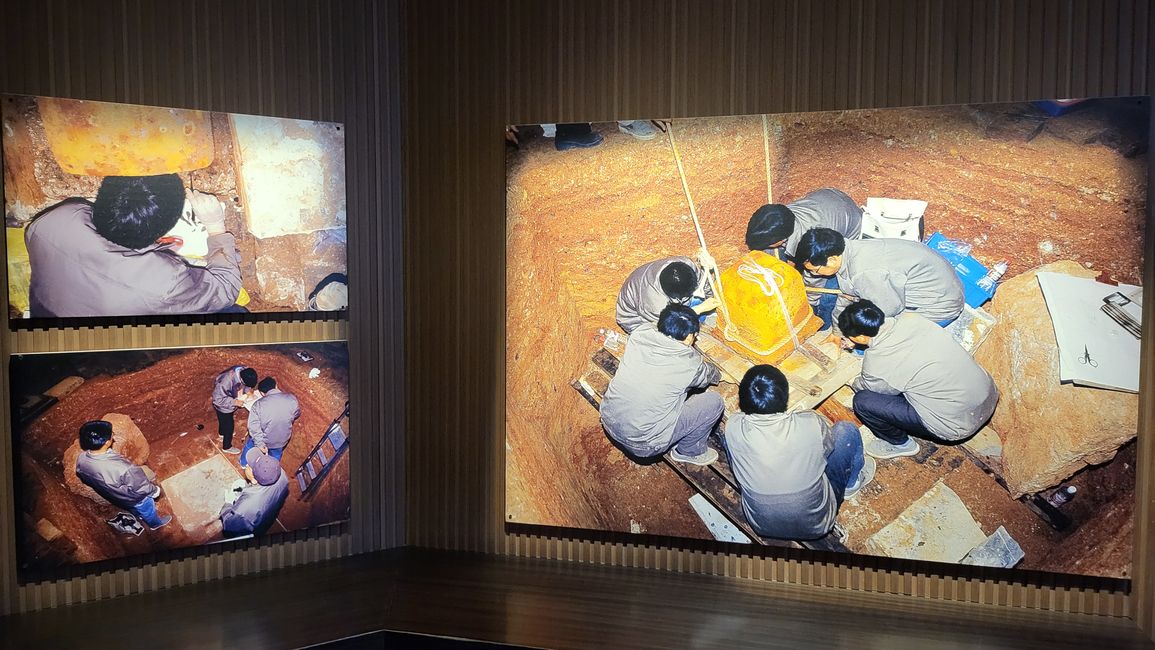
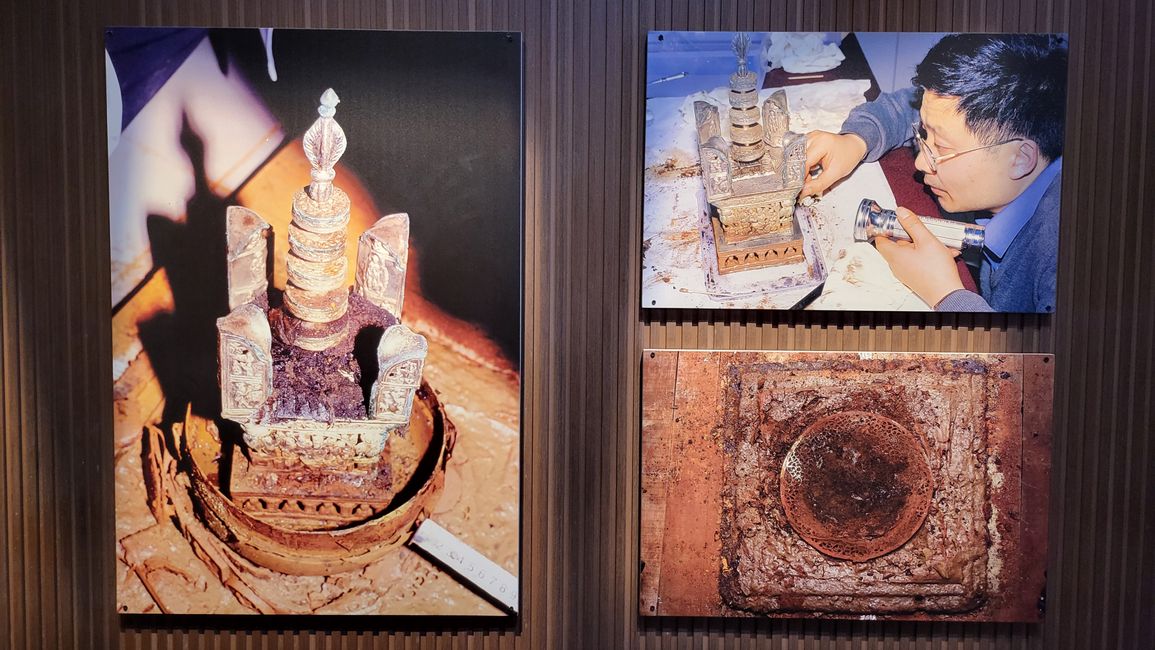
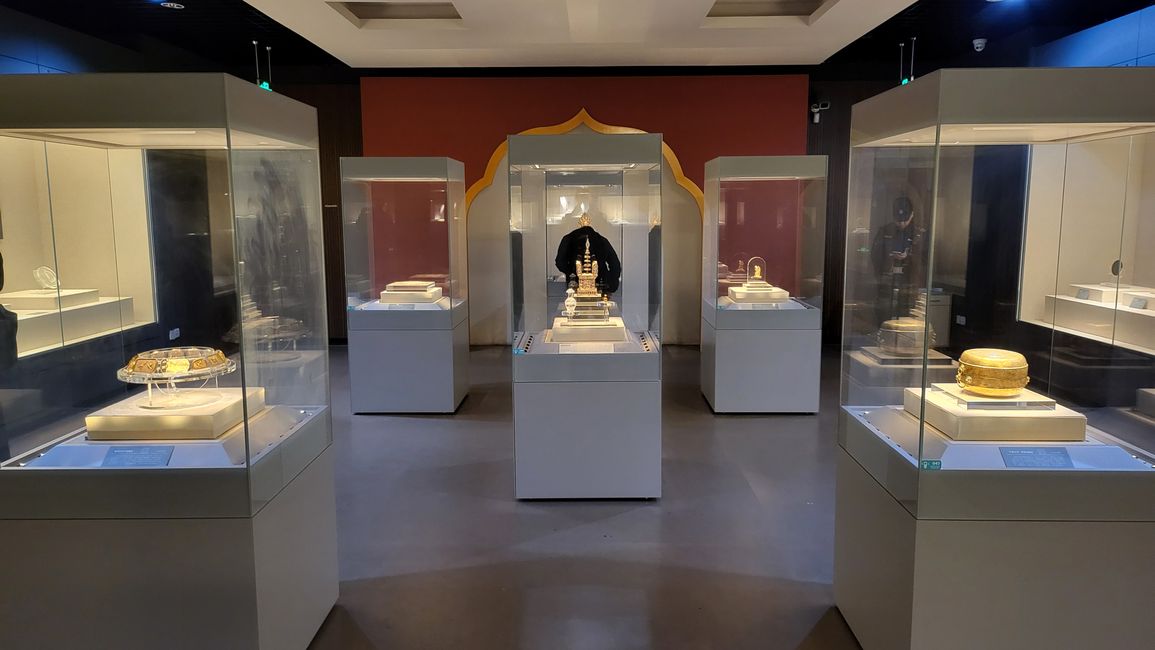
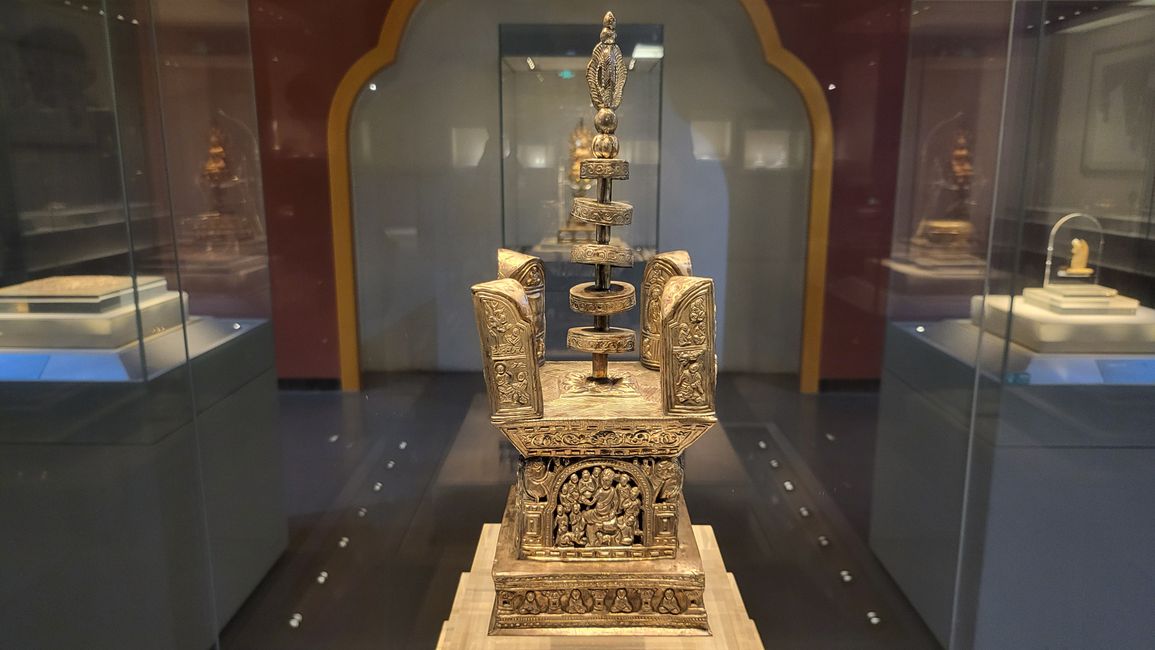
Telli uudiskiri
One of the most famous landmarks at West Lake in Hangzhou is the Leifeng Pagoda. In the Chinese folk tale 'The Legend of the White Snake,' the location of the pagoda is mentioned. Originally built in 971, the pagoda burned down twice and collapsed on September 25, 1924, due to repeated thefts of bricks from the neglected structure. In 2002, a new tower was constructed over the ruins of the pagoda, with the platform on which the pagoda stands built on stilts. This way, visitors can still see the old brick ruins in the visitor center. A rather clever solution. However, I initially didn’t want to visit the pagoda due to the anticipated crowds and instead aimed to climb the Liuhe Pagoda by the Qiantang River. But the more famous pagoda at West Lake haunts my in-laws' minds, and so we head to the southern West Lake. The mass of people is indeed all there, and the flower-adorned escalator funnels visitors to the base. Then, we continue in the glass elevator. The view of West Lake would be truly spectacular if it weren’t for the dreary weather. Even the beautiful design of the pagoda fails to shine without sunshine. Inside, the legend of the white snake is revisited through wooden carvings, and on the descent in the elevator, we also have to stand in line. There was already a line on the way up, so the snake theme is somehow updated again by the pagoda.
Two days later, we visit the Zhejiang Regional Museum at West Lake, where a museum building is dedicated to a find in the ruins of the Leifeng Pagoda. Prior to the construction of the new pagoda, a small precious silver stupa honoring the ancient Indian ruler Ashoka was excavated during archaeological digs of the underground pagoda palace in 2001. It is 36 centimeters tall, and the reliefs illustrate scenes from the birth and life of Buddha. The discovery and recovery are presented in detail, and even the find spot has been reconstructed with bricks and provided with a viewing platform, where a sign explicitly warns against throwing coins into the seven-sided wall, a practice the Chinese often engage in at various sites to make wishes. On the second floor, the art relic shines alongside other finds in full glory, and as we descend the stairs from our tour, I already hear a museum attendant loudly yelling. Did a visitor perhaps ignore the sign on the brick structure and fling a coin into the foundation?
Telli uudiskiri
Vastus
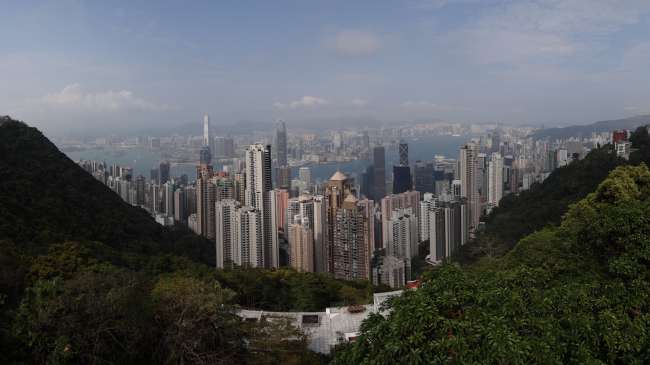
Reisiaruanded Hiina
